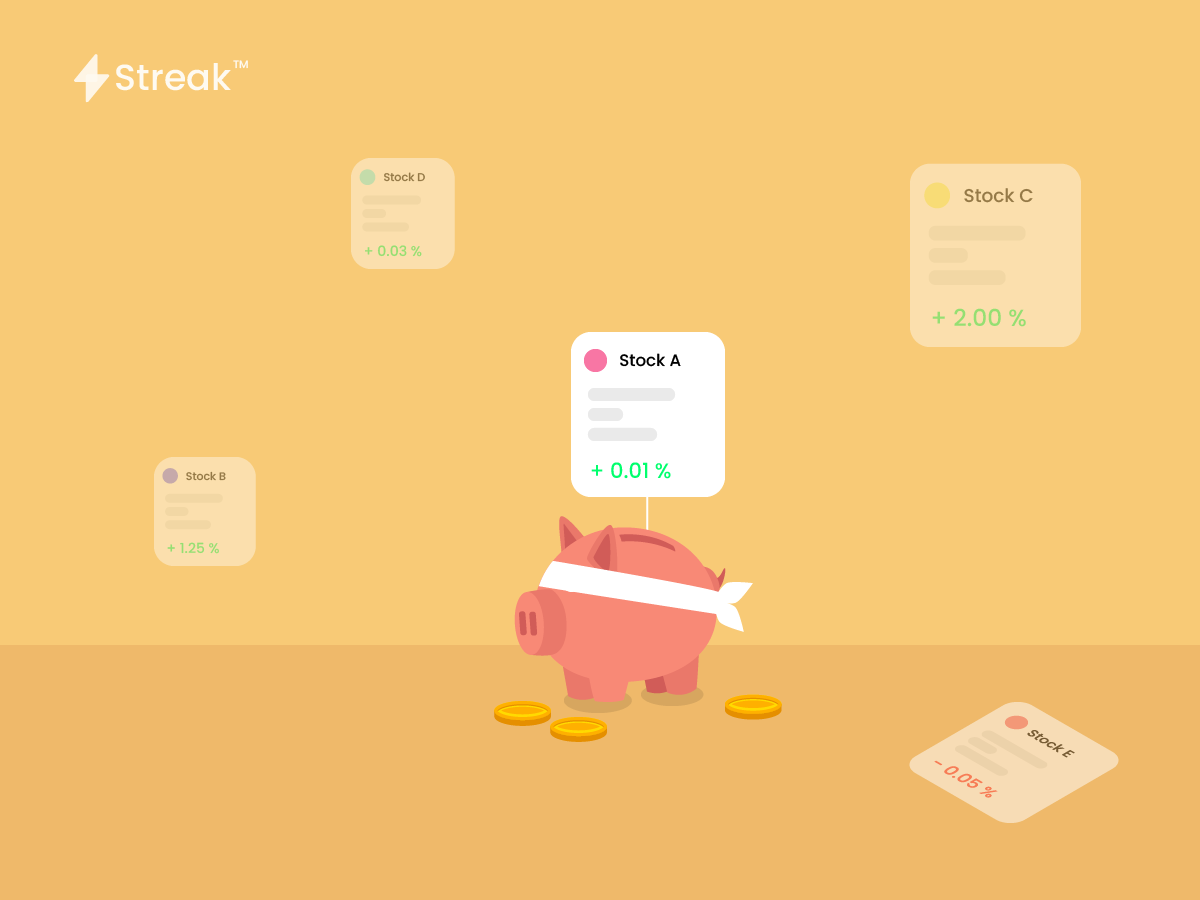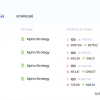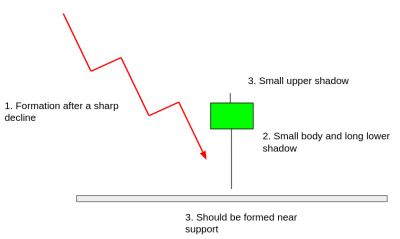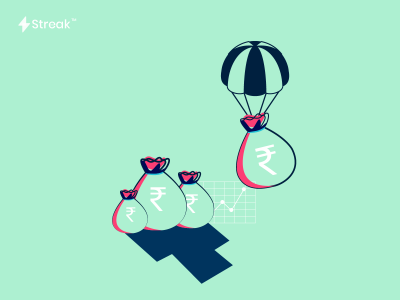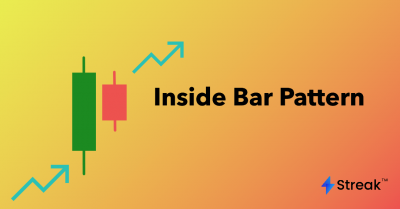The human brain can process a huge amount of information and do multiple tasks at the same time. For example, on a busy road, you can drive a car as well as have a work call while keeping an eye on your son sitting in the backseat. But while trading, the brain functions in a very specific way. It is driven by emotions, hope, and intelligence. That’s why investors and traders go through this enormous emotional rollercoaster.
The unpredictability of the market is inevitable because it is comprised of humans (and computers that are programmed by humans). People often make decisions that are influenced by behavioral biases. It causes them to act on emotion and make mistakes.
If we know the common psychological biases, we can combine them with other aspects – such as experience and trading expertise to make effective trading strategies. This will help cover up our limitations as humans.
Anchoring Bias
The market offers us new information at every price tick. Now, one fine morning, you sat on your trading seat at the opening bell and saw that the stock’s price started with a strong bullish trend. Now, despite having the tools to make good trading decisions, you’ll get ‘anchored on the fact that the price will keep going up. Sometimes, this belief becomes so strong that traders take bad decisions in split seconds, only to see the market reverse itself.
The quick fix to this is to recognize what the market is telling you NOW.
This takes us to the next bias.
Overconfidence
Confidence is good but overconfidence always sinks the ship. – Oscar Wilde
Traders are usually overconfident to make certain decisions for maximum gains. This may be because of multiple reasons. They must’ve got some information from a friend, relative, broker, or finance buff. Maybe, they did some sort of research or used analytical tools to conclude.
You do not realize that while entering a trade, you are going against millions of other traders, computers, institutional investors, and sometimes traders with more experience who put so much more on the line. It is a high possibility that they might have better information, tools, and resources. Hence, you should trade keeping these factors in mind. Your information or decisions might not always make you a profit.
Chasing Trends
You must’ve read the following disclaimer while buying Mutual Funds – “past performance is not indicative of future results.” Traders sometimes put too much emphasis on the most recent trades. They think that past results are an indicator of future performance. So, after a win, they will get overconfident and trade without putting enough thought. They might become dogmatic about certain patterns but the market is too random to follow these patterns.
Post-Entering Rationalization
Never justify your decision after entering a trade. You did your analysis and research and waited patiently for that one perfect time to enter a trade. You exhibited immense patience and observation. That’s what a good trader does. But after getting into a position, your Post-Entering Rationalization will kick in. You put so much time and effort into the trade that you might refuse to believe that the market will go against you. Sorry to break it to you but the market is volatile. So, as soon as you receive a strong reversal signal, you should immediately exit the trade. Don’t let the small gain become a substantial loss. You would rather win less than lose.
Framing
Humans make decisions on how it is presented. Now obviously a profit is always better than a loss. And a ‘sure’ profit is always better than a ‘probabilistic’ profit. Due to this, you might usually see yourself exiting potentially profitable trades earlier than you should. This is because you value the current ‘sure’ profits more than the probable larger profits in the future.
The next bias is the story of every trader who makes a wrong decision…
Regret
It is very common for the markets to work against you. The market IS rather unpredictable. So, when you are losing continuously, you should close your computer, take a break from trading and clear your head.
But you may ask – Why, don’t I need to cover up my losses?
This is exactly what the problem is. As humans, we want to avoid regretting certain instances. To feel otherwise, we sometimes go to great lengths. We might go as far as making irrational decisions. Trading demands you be calm and not make unrealistic decisions. This way only luck will save you.
Now ask yourself if this strikes a resemblance to something. Yes, gambling! This takes us to the nest next bias.
Gambler’s Fallacy
This is a very common term used in the trading world. And you want to avoid doing this whatsoever. You start misinterpreting randomness. You start believing that after 3 losing trades (maybe 4 or perhaps 5), a winning trade is more likely. The probabilities won’t change. Even after 10 losses in a row, the next trade does not have a higher chance of being a winner. And if you start putting more and more on the line, you might blow up your trading account beyond the point of recovery.
Give yourself some hard rules. Set your Stop-Loss and Target Profit and stop trading if it’s a bad day.
Limited Attention Span
Thousands of stocks, so many time-frames, and every price tick telling an entirely new story. You might never be able to track nor have the patience to strike a good trade with so much confusion. So you might make trades based on the limited information you acquired over a limited amount of time. There’s a high chance of skipping good or profitable stocks only to realize at the end of the day that you could’ve traded them.
One good example of this can be a stock that is on the news. When Zomato’s IPO was about to roll out, everyone flocked to apply. You must’ve been one of them, too. This is known as the ‘Bandwagon effect’ where you do things just because everyone else seems to do it. Now suppose you’re a trader with limited capital. If you won’t get the IPO, you will regret it. You might think that instead of looking at the IPO, you should’ve looked at the stocks which were trending that day and placed good trades over there.
Hence, do not let the ‘noise’ affect you.
Overcoming Trading Biases with Streak
- Mandatory Stop-Loss: You cannot trade using Streak without putting a top loss. Stop loss is essential in mitigating losses. It allows you to hit a hard stop once a certain level of loss is sustained. Sometimes, during really fast changes in the stock market, you might not get enough time to exit a trade. That’s when stop loss comes into the picture.
- Mandatory Target Profit: Streak also gives your the added benefit of mandatory stop loss. It allows a trader to be less greedy with the profits. Once a certain profit is achieved, you can exit the trade. Sometimes, on the lookout for more profits, traders sustain a loss.
- Scanners: This is a section on the Streak platform that helps you filter stocks based on certain conditions. Scanners are used to identify the stocks in play. You need to set up a few conditions and voila! You have a list of stocks that are doing the exact same thing you mentioned in the conditions. Scanners save you time and effort as well as help you discard stocks that are not moving in your favor.
- Indicators: One of the most crucial parts of technical analysis, technical indicators let you make calculative trading decisions. You don’t have to rely on luck or other sources of information to trade the markets. With over 100 indicators, Streak sets you on the path to becoming a technical trader.
Concluding Lines: The Peak–end Bias
You might have seen yourself in a few of the points mentioned above. Many times you may look at your losses and think about how much profit you could have gained. You might think about how much you were in profit before things went south. Some first-timers also stop trading altogether. And it is fine to feel this way. But along with that, you need to reflect on your mistakes. You need to find out where you went wrong and come out stronger than before.
It is really difficult to avoid all biases but you can at least try to minimize their effect.






